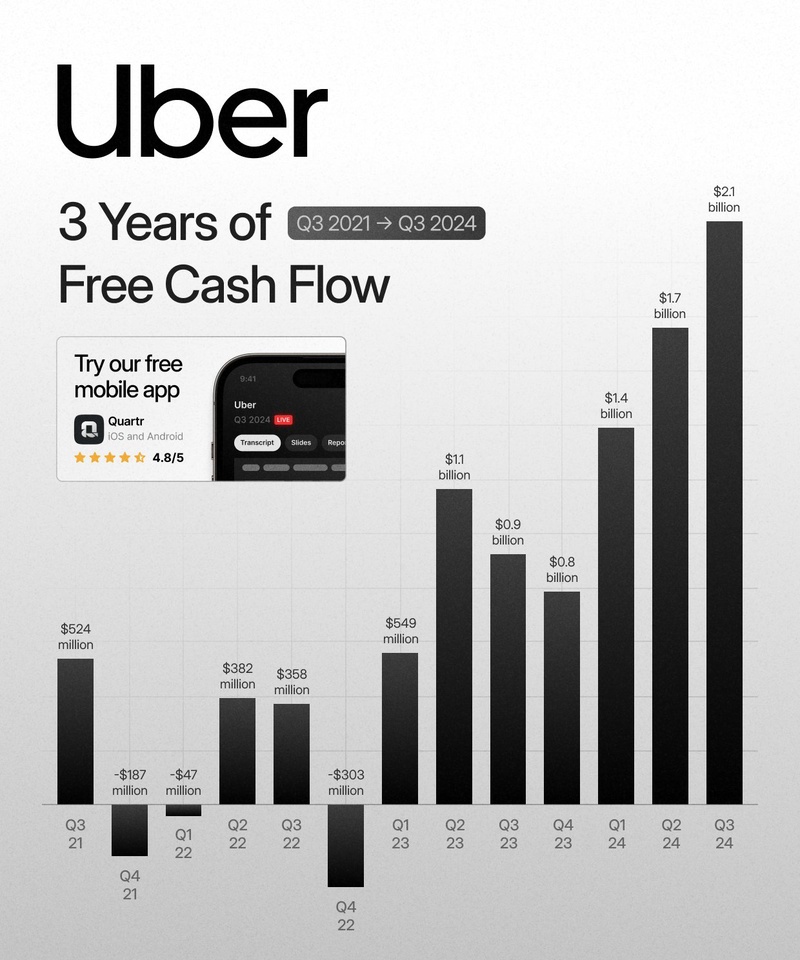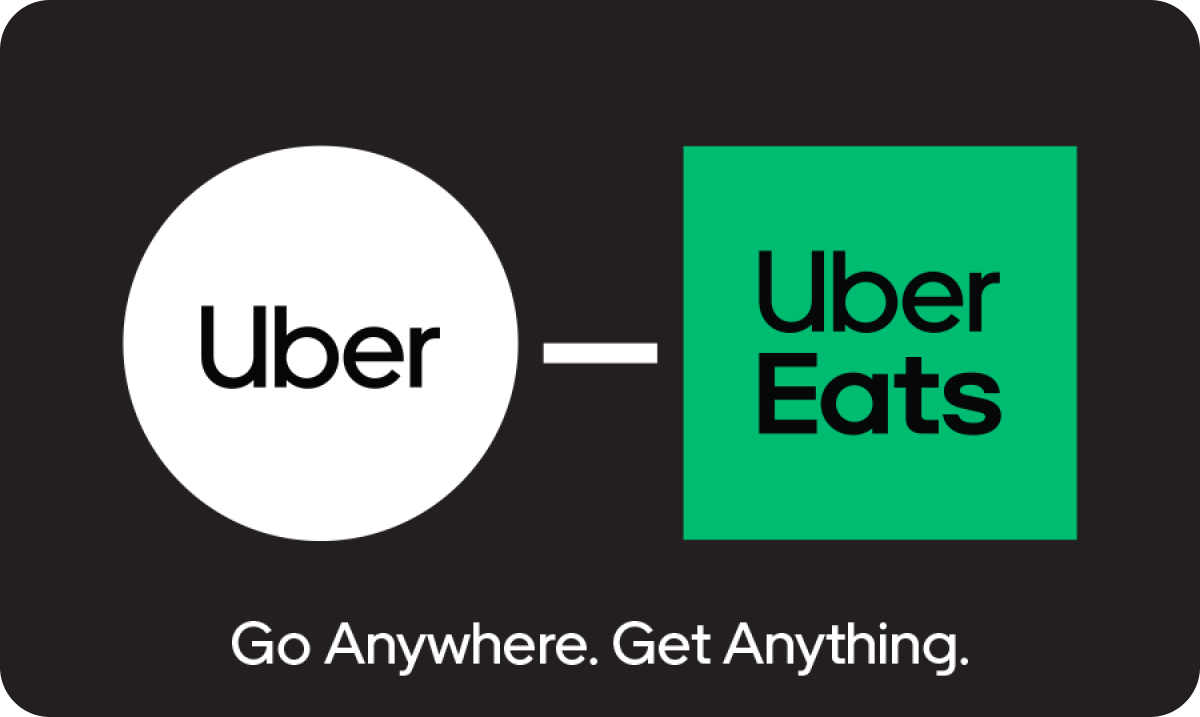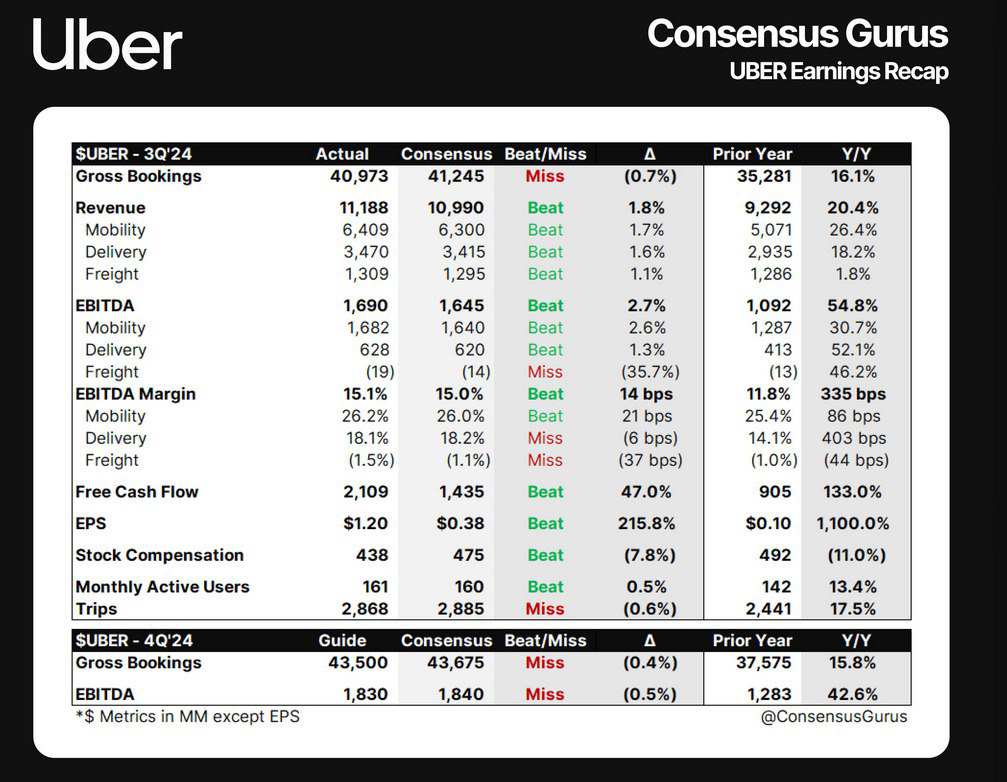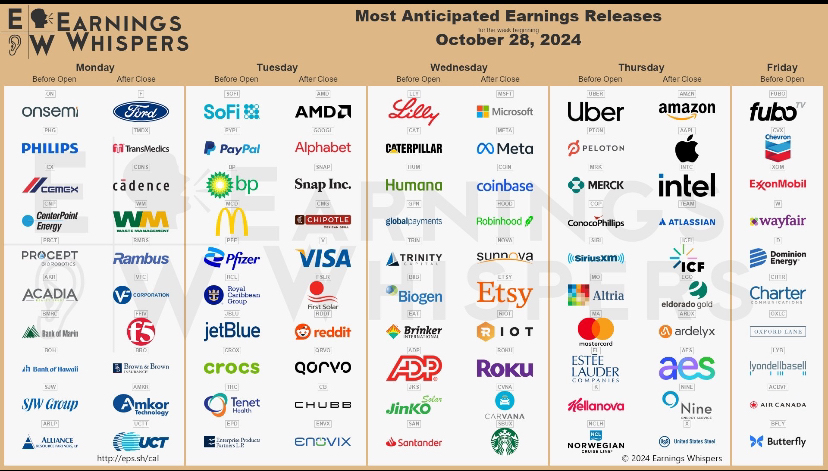Part 1: Embedded Finance
The silent game changer in apps and platforms
Reading time: approx. 4 minutes
Embedded finance - the seamless integration of financial services directly into apps and platforms. But what's really behind it? What technology makes this possible and how does it differ from traditional banking solutions? In this article, I go one step further and shed light on what makes embedded finance so special and how it is already being used by major players and exciting niche companies.
More than just payments
When we think of embedded finance, the first thing that often comes to mind is payment solutions - such as paying with Apple Pay or Google Pay in various apps. But embedded finance goes far beyond that. It also includes loans, insurance, investments and even bank accounts that are directly embedded in non-financial platforms. The trick here is that these services are often presented to the end user as part of the main offering without them realizing that a financial service provider is behind them.
How does embedded finance work technically?
At the heart of embedded finance are APIs (Application Programming Interfaces), which enable third-party providers - i.e. non-banks - to integrate financial services directly into their systems. In the past, companies would have had to enter into separate partnerships with banks or even apply for a banking license themselves in order to be able to offer financial products. Today, API technology allows financial services from specialized providers to be integrated into any platform "in real time".
Simply put, APIs ensure that the complexity behind financial services remains invisible. Instead of having to call a bank or payment provider, everything is handled in the background. This saves time and makes it super convenient to use.
A comparison:
In the traditional model, you used an external payment service provider such as PayPal or a credit card payment for an online purchase, for example. Now the payment runs directly in the background via the platform - often without any additional steps. It works in a similar way for loans or insurance: Instead of applying for a loan via a separate bank, the platform offers you financing options directly, such as Klarna does.
Well-known names that already use Embedded Finance
- Shopify Capital: An example of embedded loans. Shopify offers its merchants direct financing solutions to cover their business expenses without having to go to a bank.
- Uber Money: Uber offers drivers integrated accounts and debit cards that allow them to get their money faster and manage their finances directly in the app.
- Airbnb: Airbnb enables its hosts to automatically take out insurance and damage cover for their properties, all within the platform.
These examples show that embedded finance is no longer just a nice extra function, but has become essential for the business models of these companies. They enable a consistent user experience and ensure that customer loyalty grows because everything remains in one ecosystem.
Exciting niche examples
In addition to the well-known giants, there are also smaller, specialized providers that use embedded finance in innovative ways.
- Railsr (formerly Railsbank): Railsr offers an API-based platform that helps companies to embed financial services such as bank accounts, loans or payments directly into their apps themselves. They are primarily aimed at start-ups and medium-sized companies that do not have the resources to develop their own banking solution.
- Tymit: This fintech makes it possible to make payments directly to online stores in installments - all without the typical credit card fees. Tymit offers a "buy now, pay later" service directly at checkout, which online retailers can easily integrate.
- Cover Genius: A company that offers embedded insurance for platforms. Whether for e-commerce or travel portals, Cover Genius enables companies to integrate insurance packages directly into their services.
- Another exciting niche example of embedded finance is neona Swiss neobank, which is working together with the Hypothekarbank Lenzburg operates in collaboration with Hypothekarbank Lenzburg. Neon offers an app-based account solution that relies heavily on embedded finance. The special feature: Neon itself is not a bank, but uses the the banking infrastructure of Hypothekarbank Lenzburg in the background. Thanks to this partnership, neon can offer its customers digital banking services such as account management, transfers and card solutions without needing its own banking license. The integration runs via the APIs of Hypothekarbank Lenzburg, which provides the complete regulatory and financial framework. Neon acts as an intermediary and takes care of the front end - i.e. the app and direct customer interaction.
These niche providers show how versatile embedded finance is and how it also enables smaller players to integrate financial services into their platforms without a great deal of effort.
What distinguishes embedded finance from the traditional model?
In the traditional model, you as a customer often had to actively take an intermediate step in order to use financial services - be it a separate registration with a bank, requesting a loan or buying insurance. The traditional banks act as independent entities that you have to consciously go to.
With embedded finance, this intermediate step disappears almost completely. It is a contextual finance model where financial services are provided exactly where they are needed. Whether it's instant financing for your online purchase or insurance for the goods you've just ordered, it's all embedded in the process, often without you having to think about it.
Another differentiator is the agility. Embedded finance is often used by fintechs or new providers that can react much faster and more flexibly to the market. Traditional banks have major infrastructure and regulatory requirements, which often slows down innovation.
Embedded finance is changing the way financial services are offered and used. With APIs and the ability to seamlessly integrate complex banking and financial products into any platform, companies can offer their customers a whole new level of convenience. Whether you realize it or not, embedded finance has long since arrived in your everyday life - from big names like Uber to specialized fintechs that are making the ecosystem even smarter.
Outlook:
In the next part of the series we take a look at how embedded finance came about and why tech giants are suddenly entering the financial sector. What have banks missed in this development, and how have fintechs and tech companies been able to fill the gap so quickly? We take a look at the historical development and the role of traditional banks compared to new market players.
Stay tuned - it's going to be exciting!
How do you like the start of the series? Let me know and I'll be happy to receive your feedback!
Happy investing! 😊
GG
$UBER (-1,3%)
$AAPL (+0,65%)
$SHOP (+2,94%)
$ABNB (-6,51%)

















